As the Lake District joins the Taj Mahal, the Great Barrier Reef and Grand Canyon on the list of Unesco’s world heritage sites it is easy to forget that all but the high fells are largely a manmade landscape. Indeed sheep farming is probably the main reason behind this new status not that everyone agrees with it. But mining and quarrying have also dramatically altered the landscape. A 13th century document tells of gold, silver, copper and lead mines in the Newlands valley. This is thought to be Goldscope mine and the foot of the Handscarth ridge. Yewthwaite Mine is below Cat Bells, probably the most popular fell in the Lake District. Most visitors however are unaware of the mining activity that took place on its western flank. It was operational in the later half of the 19th century working on a vein of lead. There was also a vein of copper but this was not fully developed. The galena extracted was dressed on site using a crusher with power generated by a water wheel on Yewthwaite Beck.
The high peak on the far right is Causey Pike, 637m high with a southern flank giving one of the most relentless, steepest climbs I have ever done.

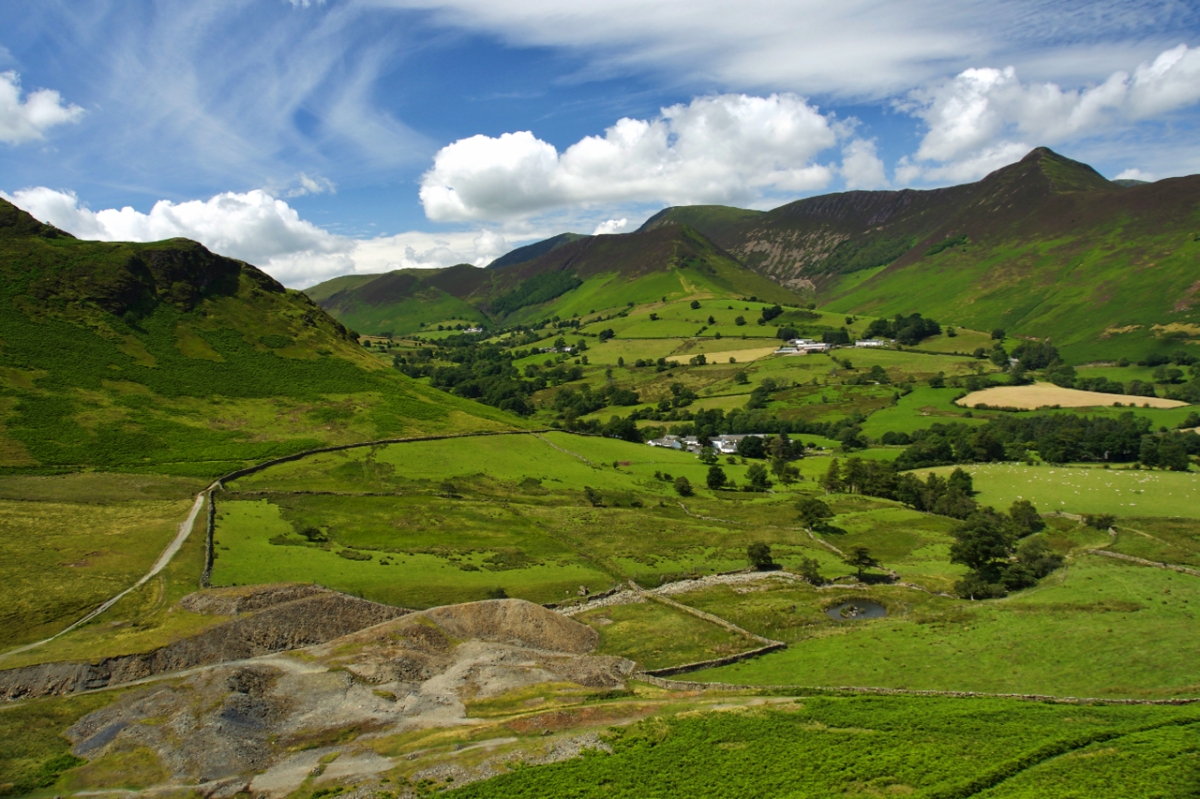

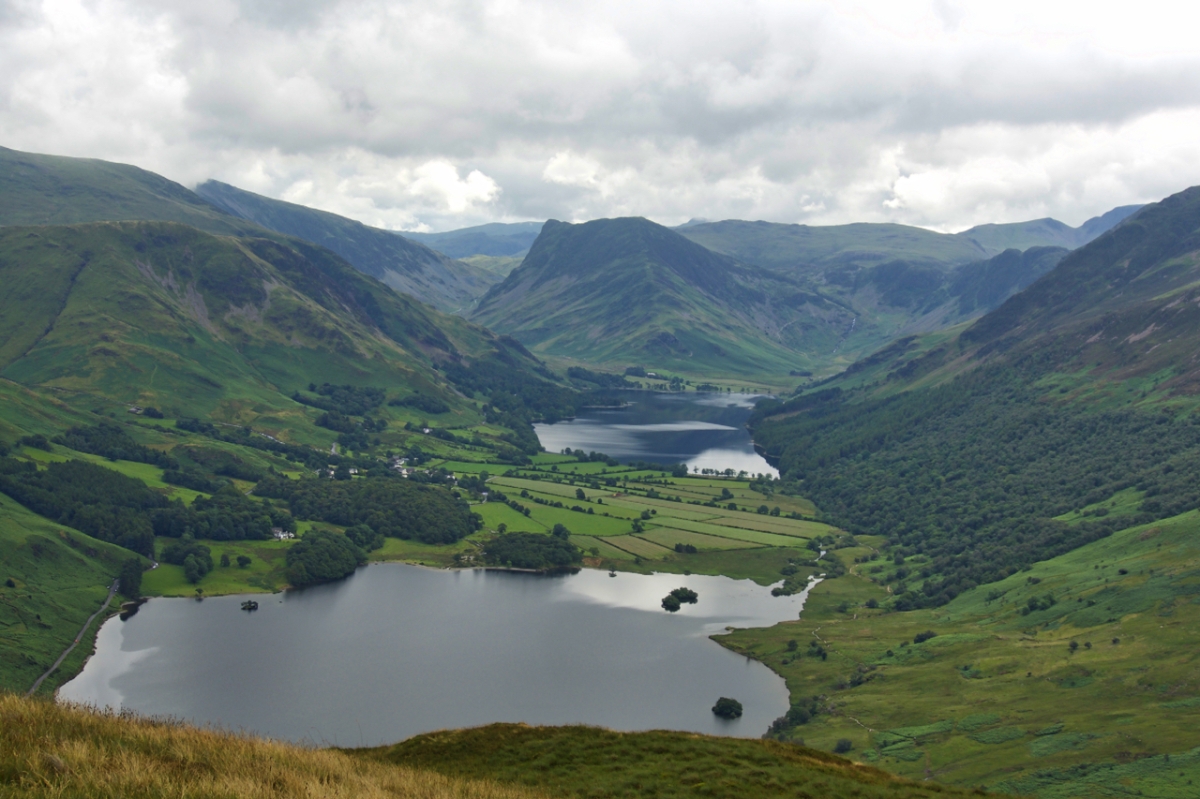


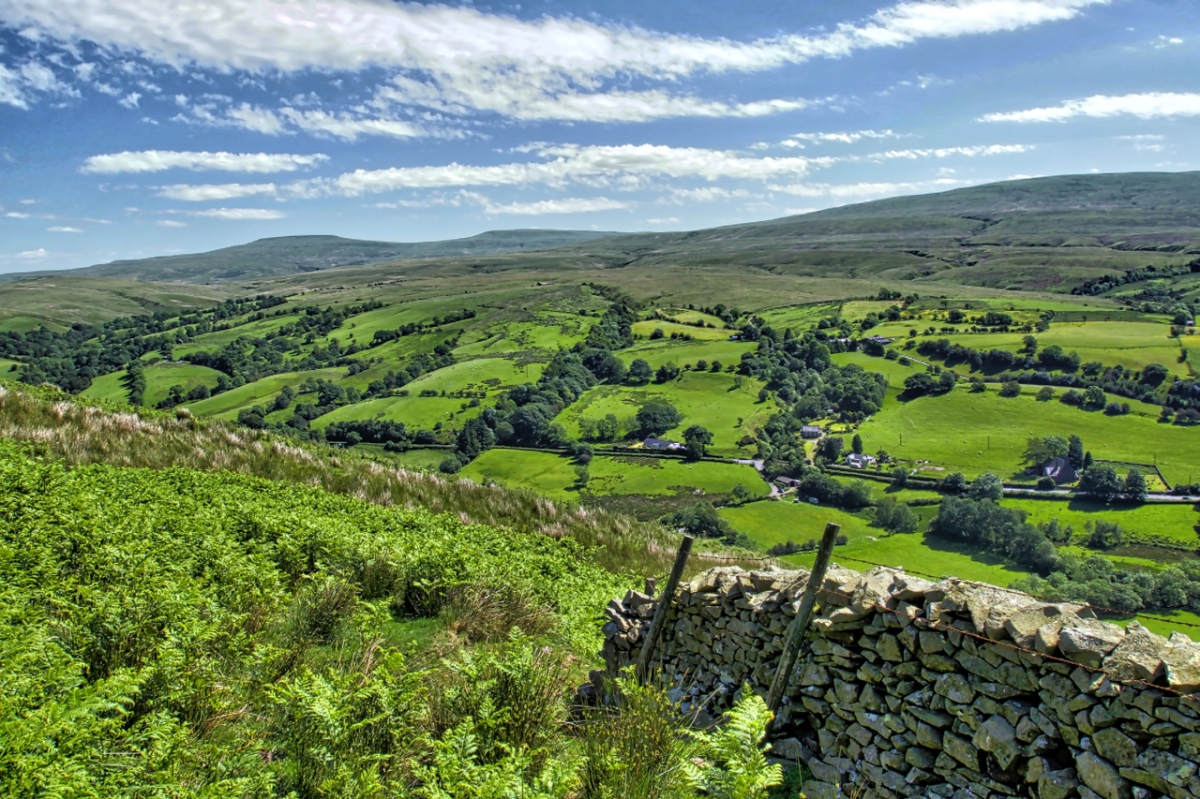

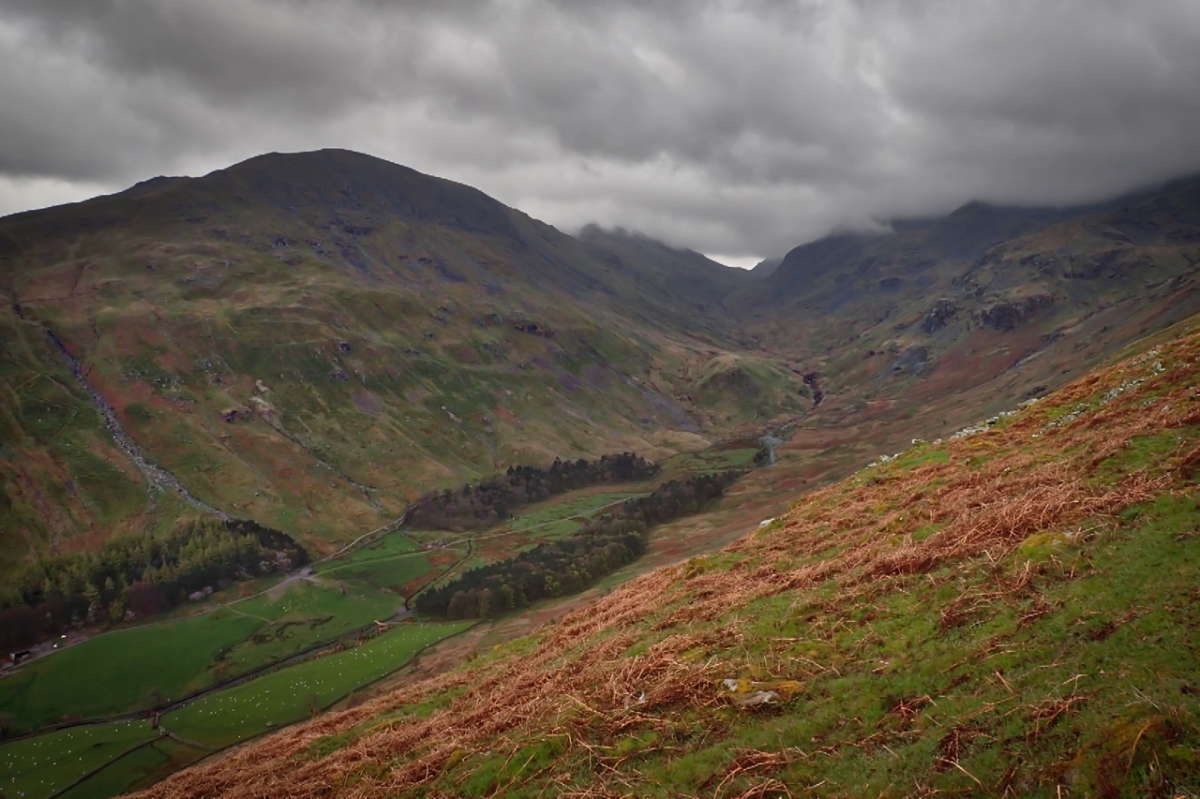


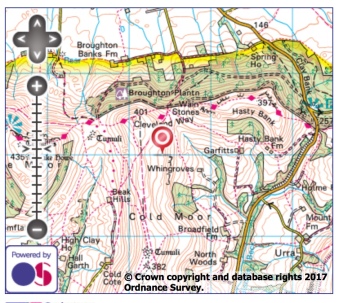
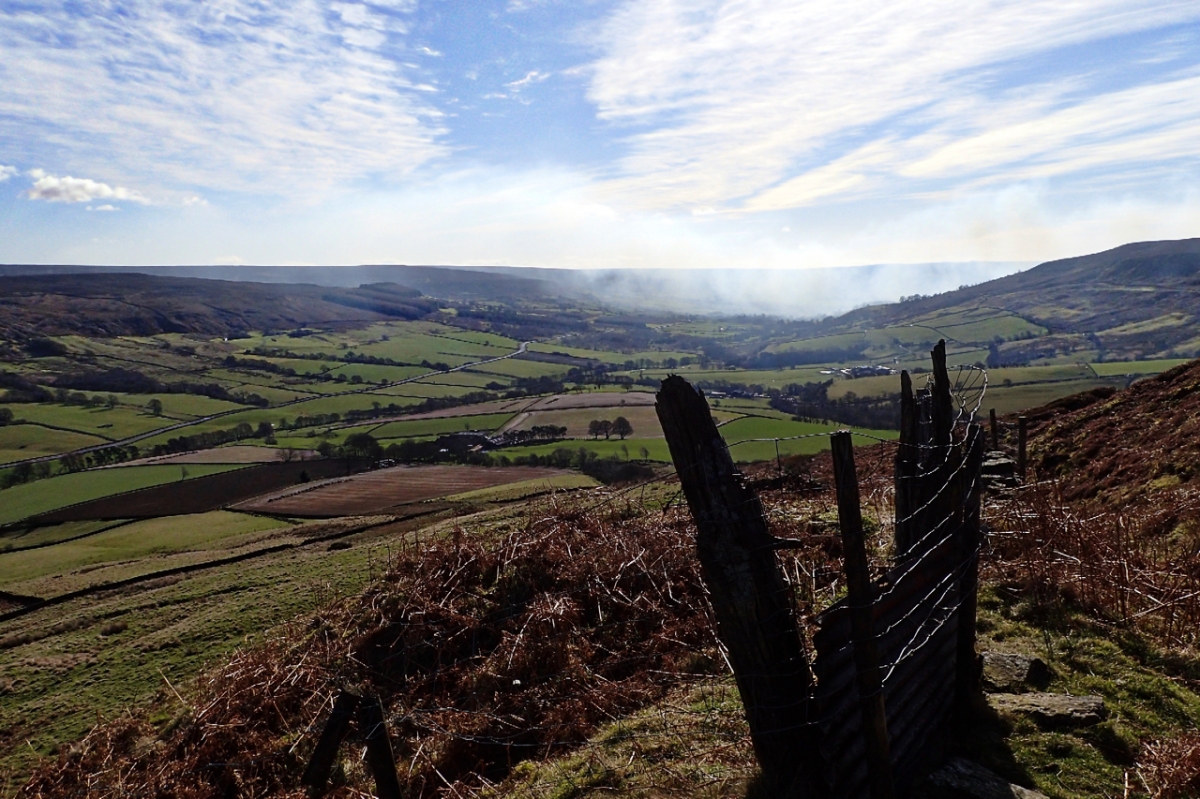
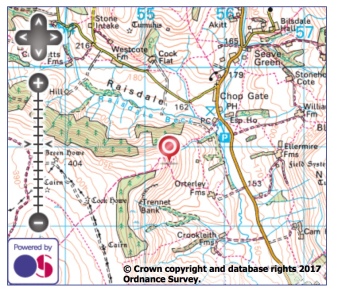


You must be logged in to post a comment.